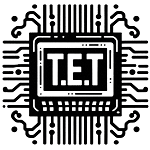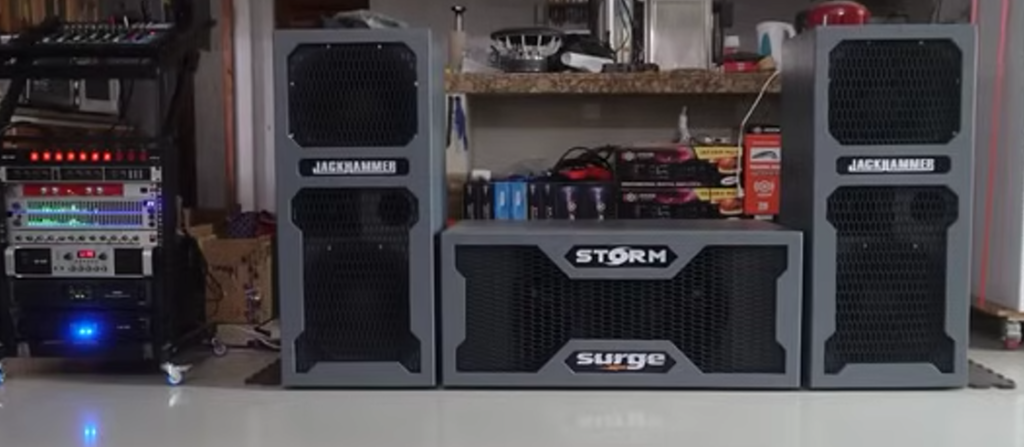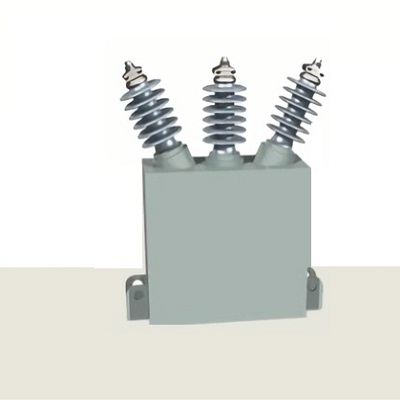Exploring the Relationship between True, Apparent, and Reactive Power
Electric power and energy play integral roles in our modern world, powering homes, industries, and economies. However, comprehending the intricacies of power can be complex, particularly when delving into concepts such as true power, apparent power, reactive power, and power factor. This article aims to demystify these terms, elucidate their relationships, and explore their implications, particularly in the context of energy bills.
1. True Power, Apparent Power, and Reactive Power
In electrical systems, true power, measured in watts (W), represents the actual power consumed by a load to perform useful work, such as lighting a bulb or running a motor. It is the component of power that performs useful work and is essential for sustaining electrical systems.
Apparent power, measured in volt-amperes (VA), encompasses both the real power (true power) and reactive power. It represents the total power in an AC circuit, including both the power consumed by the load and the power that oscillates back and forth between the load and the source due to reactance.
Reactive power, measured in volt-amperes reactive (VAR), is the power that oscillates between the load and the source due to inductive or capacitive elements in the circuit. Unlike true power, reactive power does not perform useful work but is necessary for maintaining voltage levels and supporting magnetic fields in inductive loads, such as motors and transformers, or capacitive loads, such as capacitors.
The relationship between true power (P), apparent power (S), and reactive power (Q) in an AC circuit can be described by the equation:
[ S^2 = P^2 + Q^2 ]
This equation illustrates that apparent power is the vector sum of true power and reactive power, forming a right triangle known as the power triangle.
2. Power Factor and its Effects on Energy Bills
Power factor (PF) is a crucial metric that quantifies the ratio of true power to apparent power in an electrical system. It indicates how effectively electrical power is being converted into useful work. A high power factor (close to 1) signifies efficient power usage, whereas a low power factor (close to 0) indicates poor power utilization, with more reactive power being generated and transmitted through the system.
A low power factor can result in increased energy losses, voltage drops, and overheating of equipment, leading to inefficiencies and higher energy bills. Many utility companies impose penalties for low power factor, incentivizing consumers to improve their power factor to optimize energy usage and reduce costs.
3. Questions and Answers
Q1: What is the significance of power factor in electrical systems?
A1: Power factor indicates the efficiency of power utilization in an electrical system. It influences energy losses, voltage stability, and overall system performance.
Q2: How does reactive power affect electrical systems?
A2: Reactive power is necessary for maintaining voltage levels and supporting magnetic fields in inductive or capacitive loads. However, excessive reactive power can lead to inefficiencies and higher energy bills.
The following video gives you a quick understanding of power factor and the relationship between the True Power, Active and Reactive Powers.
4. Practical Tips to Reduce Energy Bills
To improve power factor and reduce energy bills, consider implementing the following measures:
- Use Power Factor Correction Devices: Install power factor correction capacitors to offset reactive power and improve power factor, enhancing energy efficiency and reducing penalties.
- Optimize Motor Efficiency: Choose high-efficiency motors and maintain them regularly to minimize energy losses and improve power factor.
- Eliminate Power Factor Penalties: Work with utility companies to understand power factor requirements and avoid penalties by improving power factor through corrective measures.
- Implement Energy Management Systems: Employ energy management systems to monitor and optimize power usage, identifying areas for improvement and implementing energy-saving measures.
- Educate and Train Personnel: Educate staff on energy-efficient practices and encourage behavioural changes to reduce energy consumption and improve power factor.
- Switch to Two-Tariff Rates : This is not always beneficial, but depending on your habitual use of energy, it could save you on your bills in a long run, so it would be beneficial to look into that option and either talk to your power supplier or study your own consumption hours to see if having “Night Time” and “Day Time” tariffs would benefit you. This would be usually good for people who run a lot of machines at night after 12 PM, when the night time rate kicks in and that way, you would save money on your bills, but as mentioned earlier, might not be suitable for everyone.
If you’d like to correct your power factor at home and hence save on your energy bills, you will find the following video of great help:
Conclusion:
In conclusion, understanding the interplay between true power, apparent power, reactive power, and power factor is essential for optimizing energy usage and reducing costs in electrical systems. By implementing practical measures and fostering awareness, individuals and organizations can contribute to a more sustainable and efficient energy future.


